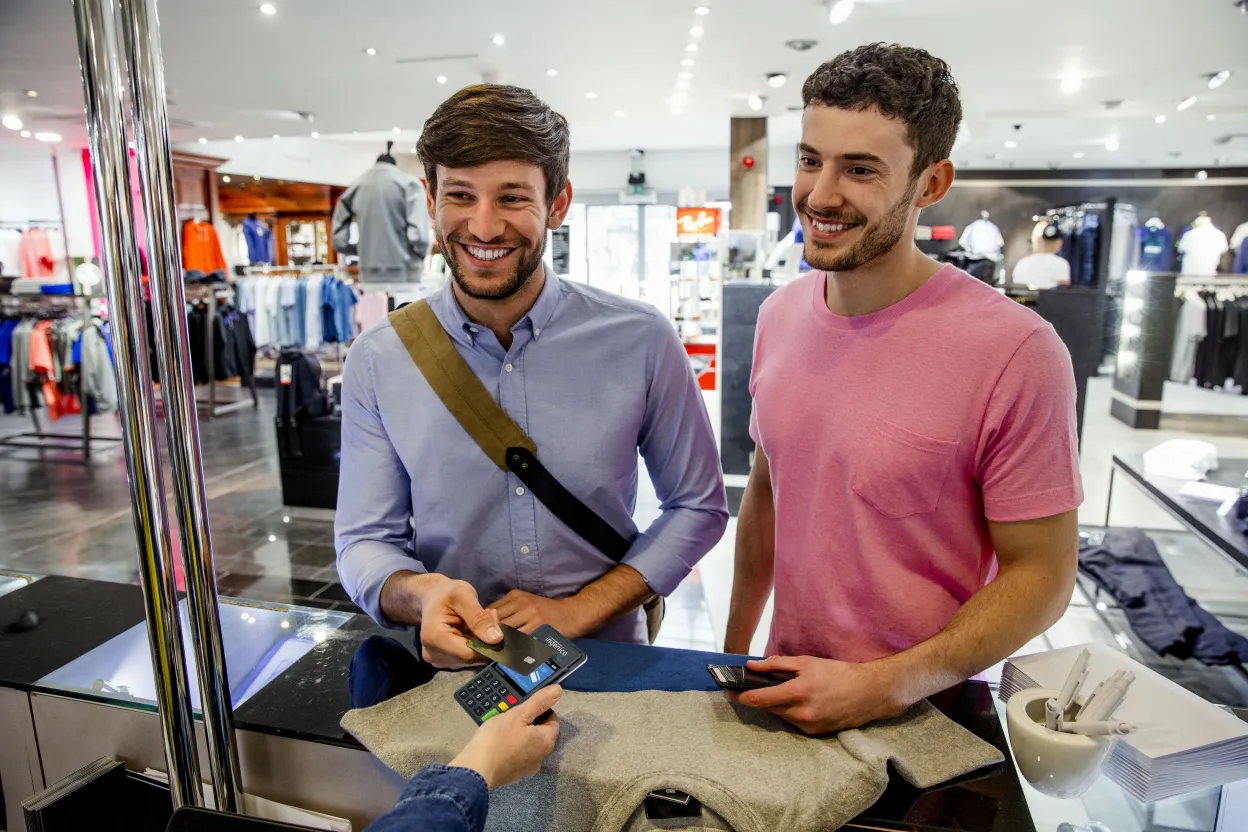If you’ve decided to invest in a mobile point of sale (mPOS) solution for your retail stores, you’re already aware of the array of benefits it offers your business. However, many retailers face challenges in implementing their new mPOS technologies. That’s why it’s important to have a plan in place to address these obstacles.
In this blog post, I highlight three key ways to help retailers prepare their business for mPOS success.
1. Alter your store layout
To maximize the benefits of your mPOS investment, consider modifying your store layout. Doing so while adopting mPOS creates several opportunities to alter the customer journey and improve efficiency and space usage.
- Convert checkouts to selling space. Using mPOS creates opportunities to supplement stationary or multi-lane checkouts, or simply reduce the number of them in favor of creating more selling and display space. Stationary checkouts can be used to handle the typical levels of business while mPOS can be used to handle the occasional peaks without permanently dedicating that space to additional lanes..
- Strategically place receipt printers. If your store associates will be providing mobile checkouts, consider strategically placing receipt printers in appropriate locations around your store. This way, if a customer prefers a paper receipt, a mobile associate can print and retrieve one quickly, without straying far from the point of service.
2. Train your staff
One of the mPOS challenges identified by retailers in a recent IHL Group survey is the need to train store associates properly. This is crucial to unlocking the full benefits of your mPOS strategy. Make sure to train your associates thoroughly and validate their understanding in several key areas:
- mPOS device and application: Not all mPOS devices are the same and they come in different form factors depending on your business needs. Some mPOS devices are paired with smartphones, others with tablets, and some with fixed POS systems. Whatever devices you choose, your associates should be well-trained use it and any related mobile apps and tools needed to carry out payment transactions or any other type of service.
- Upselling. The POS apps on your mPOS solution may enable store associates to access product and inventory information and your associates need to be trained on how to use these features to upsell and cross sell. As an example, they can use a tablet POS solution to show the customer additional related accessories or items on the device’s screen when they’re providing mobile customer service or checkouts.
- Customer engagement. Whether it’s prompting product recommendations and answering questions in store aisles, or finding a different product size and color for home delivery, your associates should be trained for optimal customer engagement. Make sure they understand how to use all the features of their mPOS solution in order to enhance customer interactions and provide outstanding, personalized service.
- Preventing cart abandonment. Long checkout lines and not being able to find an item are common reasons why customers might leave your store without making a purchase. To help prevent this, your associates need to know how and when to utilize your mPOS solution for line busting and to quickly recognize and help a confused or frustrated customer. By offering preemptive customer service and alternative purchasing options including accepting payments anywhere in the aisle, they can rescue a sale that might otherwise be lost. For example, if they’re using a tablet POS solution, they can help customers find their desired product at another store and pay for it now, or order it online from your warehouse with same or next-day delivery.
3. Maintain your mPOS payments infrastructure
Your IT staff should also know how to maintain the new infrastructure required for your mPOS deployment. There are several important points to keep in mind in this area:
- Better, Secure Wi-Fi. Most mPOS solutions are dependent on strong Internet connectivity, so it’s critical to consider upgrading to better Wi-Fi connectivity and maintaining an optimized network. This will help ensure that transactions and service interactions are smooth, secure and seamless, wherever they take place in your store.
- Remote updates. If you’re using multiple devices across many store locations, you’ll want to make managing and securing them as easy as possible. According to IHL Group’s report, 45 percent of retailers point out that mobile security is complicated and demanding. A mobile device management solution is a perfect way to address this. It allows you to install regular software updates, monitor security, and track your devices remotely, all while saving considerable time and cost.
- Charging and securing devices. To make sure your mPOS devices are ready to go when you need them, your store staff needs to be in the habit of charging them regularly. With many mPOS solutions, such as mobile smart terminals and tablet POS, charging stations are available to easily dock and charge your devices when they’re not in use. Locking mechanisms should also be included to secure your devices from theft.
We hope you use these tips to make the most of your mPOS investment and maximize your success. If you have further questions on how to prepare your retail store for mPOS, ask us in the comments section below or on our Ask an Expert page.
Ben Wagner is Director of Solutions at Ingenico Group, North America










